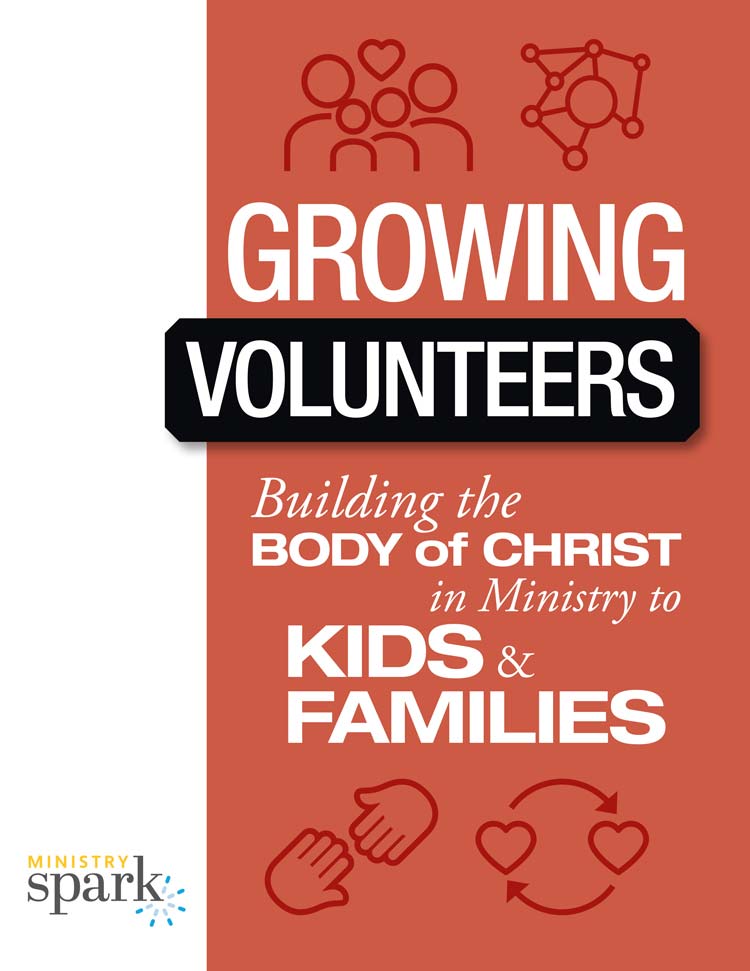“It takes a village.” That is what I heard from several people when we began our journey with foster care. We had no idea what it would actually be like, how to do it, or what to really expect. The joys and tears of adoption were uncharted territories for us, and we needed support from our friends and family.
The same is true for our church community. We need each other. So, how do we, as stand-alone churches (with so many differences and so much diversity ranging from denomination and theology to race, ethnicity, socio-economic advantages/disadvantages, etc.) become a village?
Come Together
Just start! Pick up the phone and call three church leaders in your area. If the leadership is unknown, look on their church website for contact information. Once contact is made, request a time to meet for coffee, lunch, or a walk.
Be sure to come without an agenda except to get to know each other. Ask about their family, their ministry, and how both parties can be praying for each other. Throughout the conversation, practice vulnerability and listen well. This intentionality is how solid relationships are formed and are foundational in creating connections with people.
At the end of the time together, go ahead and set a second time to meet. A practical way to continue building community in between meetings is to text. This action will continue the connection. Your text can be as simple as telling the other person you are praying for them.
We are all part of the “big C” Church, which means we are all part of the family of God.
I have been asked if community building should start first within the same denomination. Maybe. But it doesn’t have to. Our arms can be wide open to other denominations and churches. We are all part of the “big C” Church, which means we are all part of the family of God.
I began building community in my city by inviting local youth pastors to meet for lunch quarterly at a local restaurant. Those friendships are still a gift to me today.
Share Together
As parties get to know each other, needs will arise and there will be an opportunity to be a village. We see this in Acts 2. They shared as one body, one church. This means that one specific church’s name and reputation are not the most important. What is important is sharing the name of Jesus to the ends of the earth (Acts 1:8).
Practically, this can look many different ways. This is where creativity comes into play. Be willing to share books with each other or curriculums. Be open to offering props, game equipment, costumes, and more. There are so many resources we all have that are sitting around collecting dust.
Share Ideas
Aside from assets, another great resource is ideas. If an illustration from a teaching was effective, share it with your group. Another leader could benefit from the illustration. Or, if a game was super fun, be open to sharing it so other youth groups can benefit. Make sharing ideas a practice every time the group gets together.
Pray
Pray together. The practice of praying together provokes vulnerability, compassion, and unity in the Body of Christ.
Support Via Group Text
Another way to share is also through trials and tragedy. Being able to have a text group to share needs is important; it’s equally important to be able to notify each other if something tragic happens so the group can support each other. If there is an accident or a youth dies tragically, as the body of Christ, it is vital to have the means to support each other for a couple of reasons.
The first (and potentially obvious) reason is to support and pray for each other. Second, it is important in case there is overlap in different church congregations. If a student in one church dies by suicide, but her best friend goes to another church, it is helpful to know about the connection and reach out to the other church so they can also support the best friend experiencing the crisis. This communication via text or phone call is key and especially effective in citywide ministry.

Mission Together
Once time is spent with new friends from different churches, similar heartbeats will emerge. Perhaps one church is passionate about VBS, or two other church leaders are connecting about what they do for summer camp. Maybe all of you see a need for training or collaboration on the recruitment of volunteers.
To get started, consider committing to doing one event in the next 12 months with one other church. Maybe one church already has a relationship with another church, and it’s time to plan and execute a weekend retreat together or neighborhood VBS around the city. Maybe this is all new and starting small with a Saturday service project for middle school students to do together feels more attainable.
Whatever you choose, it’s important to plan it together, lead it together, and execute it together. Just because one church is large or has a big budget doesn’t mean a smaller church is insignificant. It is important for everyone to have skin in the game because everyone has a place and a role in the Church.
A Plan
So, how is this practically applied? Start several months before the event and schedule the initial meeting. Before the meeting, each party should prepare to discuss their hopes and dreams for the event. During the meeting time, share all hopes and dreams first and then make a plan for the event.
Create a list of the big things that need to be done and divide out the responsibilities. Promote the event with all participating churches’ logos or names on the information being distributed. If there is swag for the event, make sure all participating churches are represented or don’t put any specific church name on it at all. Plan out the rest of the meeting dates at that first meeting to be sure there is plenty of time to manage the details.
Success Story
One of the best events I was a part of was a winter camp that included four churches from four denominations. We began meeting six months before the camp. One pastor from each church was part of the teaching team, and each church took ownership of different needs for the weekend (skits, games, food, transportation, registration, printed materials, etc.).
Over the months before the event, we chose a theme for the weekend, the passages for the Bible teaching, and brainstormed games and activities. Every time we met, we shared, prayed, and planned together. It was the best and most unified event I have ever been a part of, and we had 450 kids collectively participate. To God be the glory!
Find Your Village
It does take a village. First, we need to be a village. Get to know each other, share with each other, and serve together. Where do you need someone to be the village for you? What does it look like for you to be the village in your city or town? Now, go be the village. Go be the church.


Growing Volunteers: Building the Body of Christ in Ministry to Kids and Families

Growing Volunteers: Building the Body of Christ in Ministry to Kids and Families











